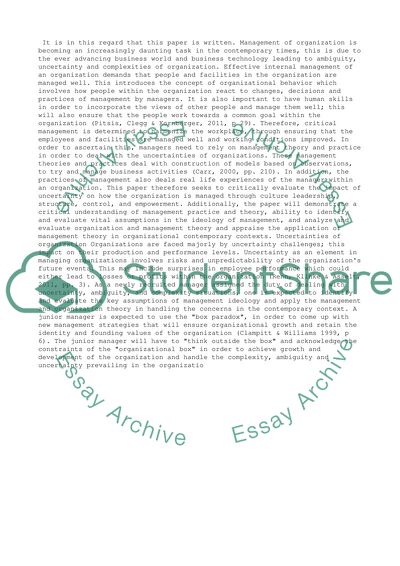Cite this document
(“Civil management is an important aspect in the success of organization Essay”, n.d.)
Civil management is an important aspect in the success of organization Essay. Retrieved from https://studentshare.org/business/1402454-critical-management
Civil management is an important aspect in the success of organization Essay. Retrieved from https://studentshare.org/business/1402454-critical-management
(Civil Management Is an Important Aspect in the Success of Organization Essay)
Civil Management Is an Important Aspect in the Success of Organization Essay. https://studentshare.org/business/1402454-critical-management.
Civil Management Is an Important Aspect in the Success of Organization Essay. https://studentshare.org/business/1402454-critical-management.
“Civil Management Is an Important Aspect in the Success of Organization Essay”, n.d. https://studentshare.org/business/1402454-critical-management.


